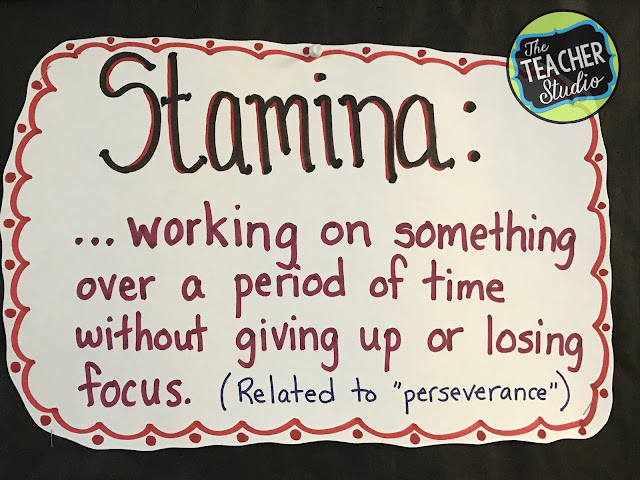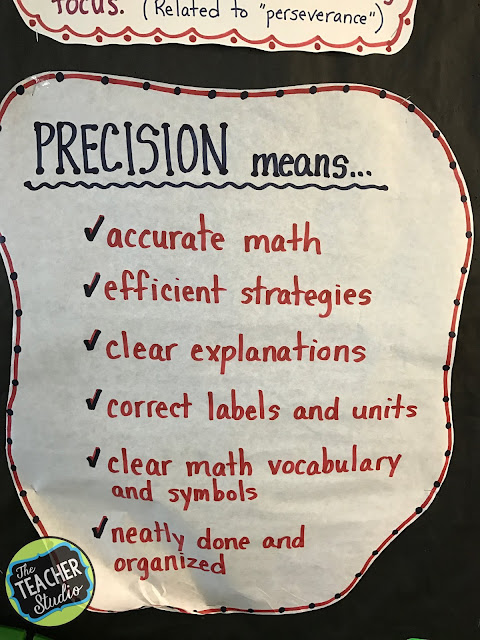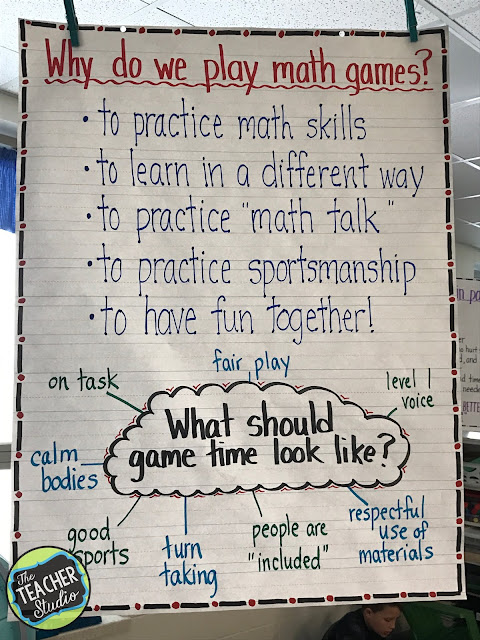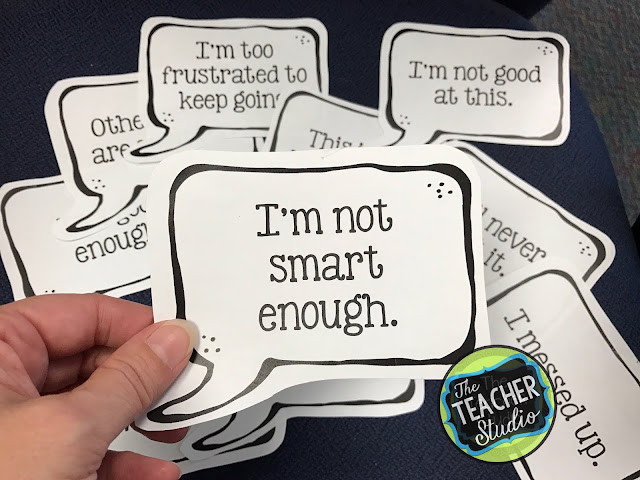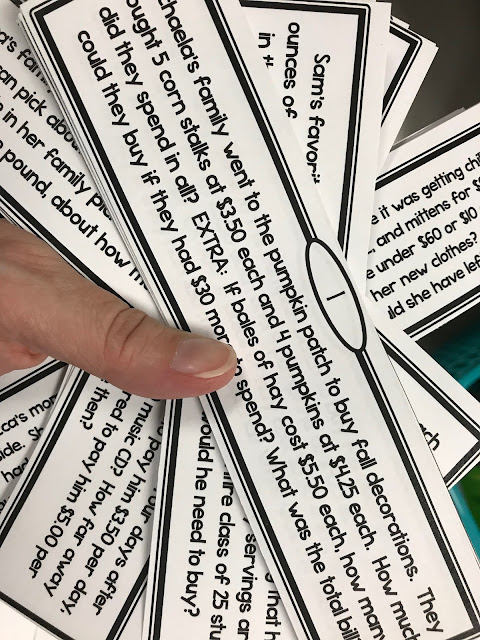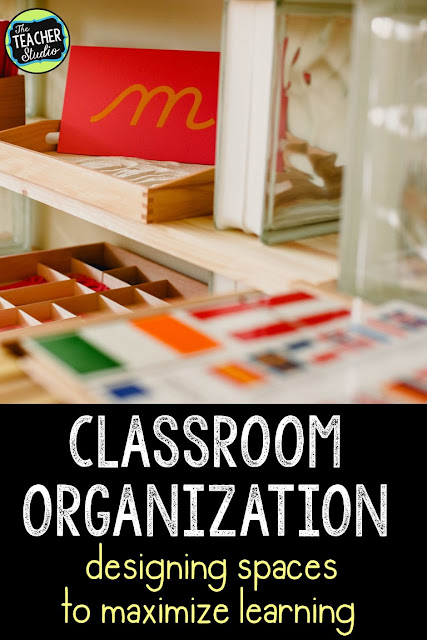





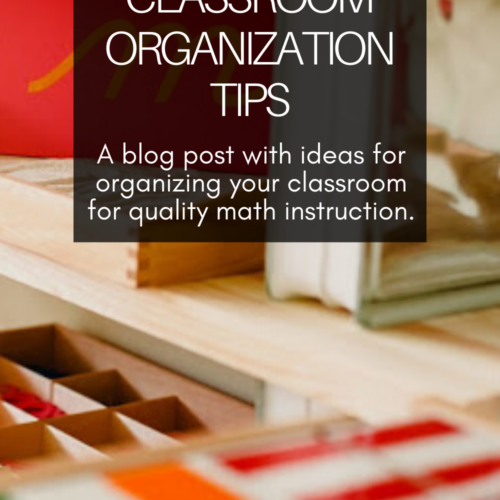


Today I want to talk to you about mindful classroom design and organizing your classroom–classroom organization that leads to efficient teaching and learning. We often get so caught up in planning lessons and activities that we forget that the space we teach those lessons in can really impact our teaching–and student learning!
Every classroom is so different–it’s hard to give clear direction on this one! I have a few tips to keep in mind when considering organizing your classroom. Before I even begin–consider the role of your teacher desk. I use mine as storage and a place to put my document camera. I don’t sit at it. Ever. The last thing I want is to have my students have to interrupt their thinking to come find me–I am moving around to coach THEM. Some people can live without a teacher desk to free up space in their room. I wish that were me. I have too much junk. #truthbomb
Classroom Organization: Space Planning
- Consider carving out multiple “floor spaces”. I want my students to have multiple floor spaces to work–whether they are in pairs, trios, or larger groups. When I do a new desk arrangement, I seriously count the number of work spaces I have on the floor to make sure we all have room to function without getting up into each other’s business.
- Desks in small groups–always. I switch up the number of desks in each group and how I arrange them (last year I had a challenging group, so more students were facing forward in their groups than usual!). I use cooperative grouping nametags to help me quickly form groups when I need to. We work cooperatively ALL. THE. TIME.
- Make conscious decisions about where to put math supplies (more on this below!) to make sure students have easy access.
- Make sure all students have easy view of your main teaching area(s) and key anchor charts and displays.
- Consider traffic flow. I am huge on transitions (like we practice them) because I cannot stand wasted time. If there are hard-to-navigate areas in the room, streamline them.
- Make sure to avoid “hidden” areas where students might get off task when you are working with small groups.
- Consider having a crate, bin, cart, or table where you keep your intervention supplies and notes so you aren’t digging for things all the time.
- Find an easy storage system for games. Bins, crates, those fun rainbow carts–whatever the system, make sure students know how to use it and that it won’t interrupt others when they access it.
Classroom Organization: Anchor Charts, Walls, and More
Streamline your walls
I firmly believe that anchor charts are meant to be created WITH and FOR students. That being said, I want them to be useful as well. For that reason, I work with students on a “rough draft” anchor chart…then we group things together, cross things out, and so on–and then I recopy it in a neat (well, relatively!) fashion so it’s easier to read and understand. I want students to use these charts independently, and I want to be able to send students to them–both for content information AND for expectations on how to function in my class. Here are a few examples of charts that hung in my room last year…and each year I “remake” them with my new group so they are a part of the process–and they evolve along the way!
Be mindful of bulletin boards and take advantage of that real estate as you think about organizing your classroom.
Bulletin boards can be great reference tools for our students! I keep up my growth mindset bulletin board all year and add to it as we learn new things. I refer to it often–as do the students.
Even displaying the Standards for Mathematical Practice posters (in kid-friendly language) is a great way to use bulletin board space–IF you actually use it as a teaching tool. Simply hanging up the posts (or any anchor chart, for that matter) does nothing…we need to refer to these tools, talk about them, and encourage students to use them. Click the image below if you want to check out this poster set (I have several versions in my store to match different room decor!)
I’m sure you will think of other great bulletin board ideas that can make a difference in your teaching…whether it’s for math or other content. I love displaying other work too–but I want to make sure my classroom is a place for learning and inspiration as much as possible!
Math Organization: Math Manipulatives and Supplies
We want students to be independent “users” of our supplies
Consider small storage containers or toolboxes
One way I help make this happen is to store math manipulatives in easy-to-use containers. Snack-sized plastic storage containers are great for individual sets of counters–easy to grab and take back to students’ desks with no fuss or hassle. You can use little cubes, fun mini erasers, bingo chips–whatever you can find!I also love my toolbox as pictured below:
Each drawer pulls right out and students can take it right to their desk. I fill the drawers with different counters so students can pick what they like!
All other supplies…pattern blocks, base 10 blocks…rulers…Judy clocks–ALL of it–is on open shelves and ready for students to use when needed.
(This isn’t my exact one–but it’s a close fit. Here is my affiliate link on Amazon if you are interested in checking it out.)
Teach students about where things go and how to access them
via GIPHY
Have stacking trays of different types of paper
Don’t assume students have supplies
Other Classroom Organization Tips and Strategies
There are other people FAR more organized than I am who can write a better post about classroom organization. That being said, I thought I’d share a few more tips of things that actually improve the quality of instruction (or efficiency) for me.
Colored paper in hanging files
I like to use colored paper to shake things up sometimes…for problems that I have students glue in their notebooks, for directions at stations, or for headings for math sorts. I used to have to go foraging, but by biting the bullet and buying some hanging folders, my beeyooootiful paper is easily within reach at all times.
Zipper bags for math games
I like to use gallon zip bags for my games most of the time because they are so inexpensive and easy to replace. I like that you can write on them–and I even will write what supplies are needed, how many people can play, or other directions.
For the games I use for interventions, I do put them in these nice bags from Seat Sack. I like that they are oversized, super durable, and have a spot to put a label. These are all the games I have as a part of my bundled math centers…4 games and the labels to go with them! Click here to see what I mean. I love how durable they are and that I can grab what I need and hang it on a tack on the wall next to my table so it’s ready for me. They are big enough to put several sets of the game and dice, counters, or whatever is needed.
Premade exit slips and word problems
Another time saver that REALLY helps me is that for each unit, I print off the word problems and exit slips I want to use, get them cut, clipped together, and marked with a sticky note for the day/lesson I want to use them. Realistically, I don’t get through them all which is GREAT! I put the extra word problems in a vertical letter holder to use as warm ups over the next week ( I love to use problems as review even when the unit is finished!) and the exit slips in a different one. This is a different KIND of classroom organization–but one that really helps nonetheless!
I am a firm believer in continuing to measure skills–so if we finish our unit on partial products, my students can count on exit slips on partial products sprinkled in for the rest of the year. This is so important as I plan interventions–to makes sure students retain their learning and get reteaching when needed.
Get a mobile math cart for classroom organization!
Seriously. I use this cheap piece of plastic ALL. THE. TIME. It stores my whiteboards, a bin of markers and erasers, and then whatever else I want…fraction pieces if I am meeting with a fraction group…task cards if I need those…and I can move it to wherever I want. I often move my “teaching area” around the room based on how much space I need, so it’s awesome to be able to relocate this “hub” either to where I am–or far away from me if students NOT working with me need it.
Click HERE for Challenge 2 (math talk and mindset)
Or HERE for Challenge 3 (word problems and problem solving)
Click HERE for Challenge 4 (math organization)
Or HERE for Challenge 5 (math assessment)
Click HERE for Challenge 6 (meaningful problem solving)
Rather pin this for later?


